The Vegetative nervous system: sympathetic and parasympathetic
Relaxation instates when you feel safe, both within and outside your body.
Although sometimes regarded as a self-indulgence or treatment, it is one of the body's vital answers to the environment and necessary for the nervous system to operate correctly.
The nervous system communicates with the body in two distinct ways:
- The sympathetic nervous system has an alert function. It readies the body for action, the flight-fight-freeze response, to be precise, by directing the flow of oxygen-rich blood to where it’s needed
- The parasympathetic nervous system has the “rest and digest” function. It conserves the body's natural activity and relaxes once the action or urgency is concluded
Relaxation exercises stimulate the parasympathetic nervous system
Exercising in this state is an excellent opportunity to learn about your body, attend to what tenses it, what relaxes it, and discover how to bring wellness to certain areas. It also serves as a creative way of remembering events that transpire throughout the day and how they influence specific muscles to tense up or relax.
From another perspective, relaxation is a perfect starting point when looking for alternative solutions. It promotes creativity and self-centering, which helps bolster self-esteem.
When we talk about relaxation in antithesis, we think of stress

Stress is an adaptive response to environmental requirements. Whenever action is required, cortisol starts putting things in motion. We need this part as much as relaxation, which is the healthy part of stress.
However, whenever an organism is exposed to constant stress, lacking opportunities for rest, the stress response becomes maladaptive through excess cortisol, with consequences such as:
- Concern,
- Difficulty concentrating,
- Difficulty in making decisions, intrusive thoughts,
- Decreased interest in sex life,
- Irritability,
- Low self-esteem,
- The feeling of being overwhelmed.
Relaxation through Ericksonian hypnosis and creative visualization
In compiling the script for the guided trance, we played with different ideas. The goals of the trance are (1)to live the moment like a veridical break, (2)to harmonize the inner self with pleasant sensations, and (3)to be present in it with joy.
Inspired by nature, we used sensory suggestions that center the body and direct it toward relaxation. This way, the scenario is akin to a slow and gentle walk in which you might discover that doing nothing is necessary for your psyche and that you can enjoy what surrounds you as long as it's beneficial.
Let yourself notice whatever state emerges naturally without probing deeper.
I sometimes have to impose myself to relax
It’s usually tough to relax. I've been taught to be constantly active and not to “waste my time.” The most I ever get to relax is when I go out for a coffee or read, but since I've started therapy, I have tried to relax without doing anything, just sitting there alone. I do a few breathing exercises or imagine myself in “my safe space,” where I get to calm down and sometimes find myself smiling. It’s a process. I’m making friends with relaxation, and it seems like we’re socializing more and more. Even though I sometimes have to impose myself on it, I realize how much I need those moments.
J, 41


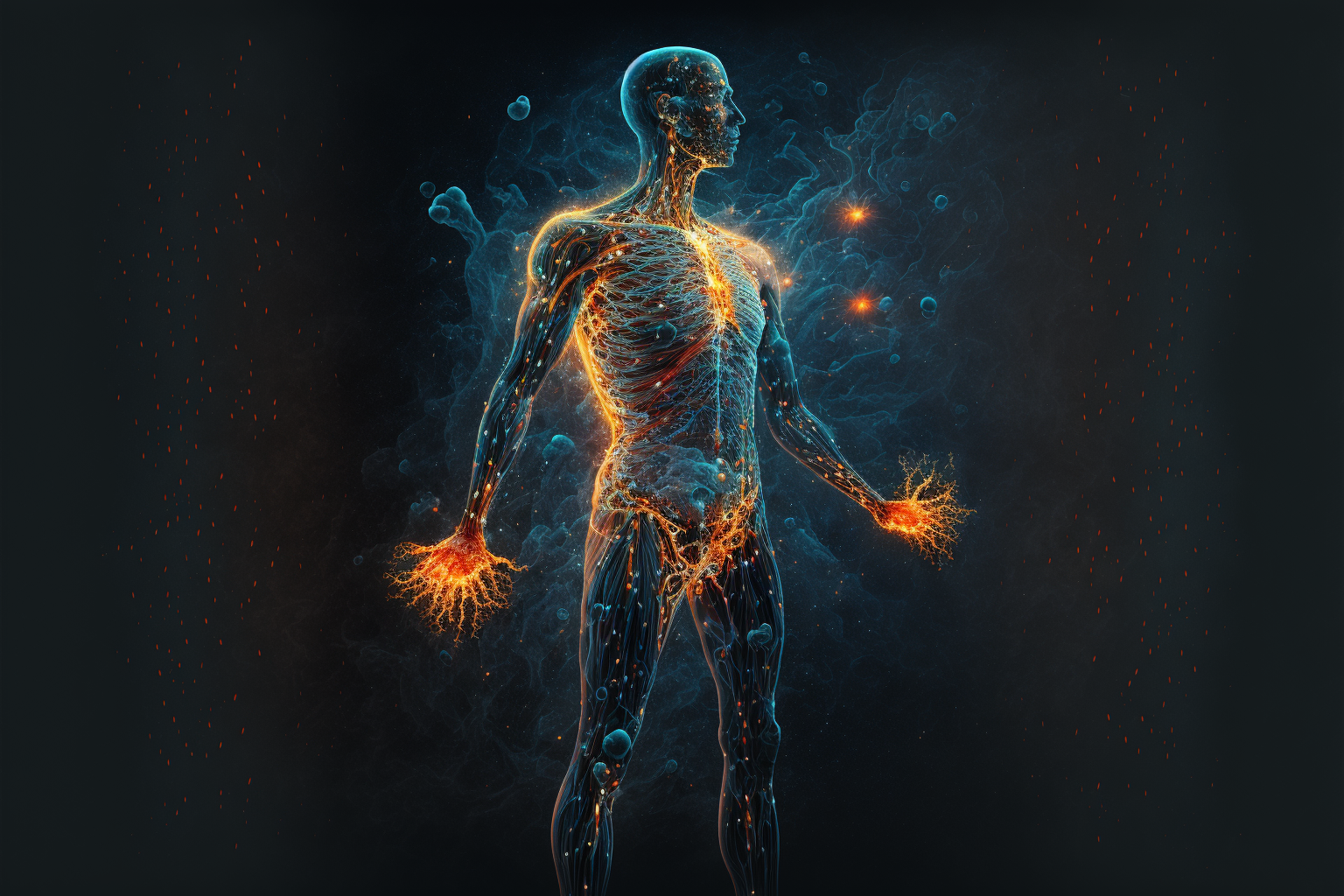

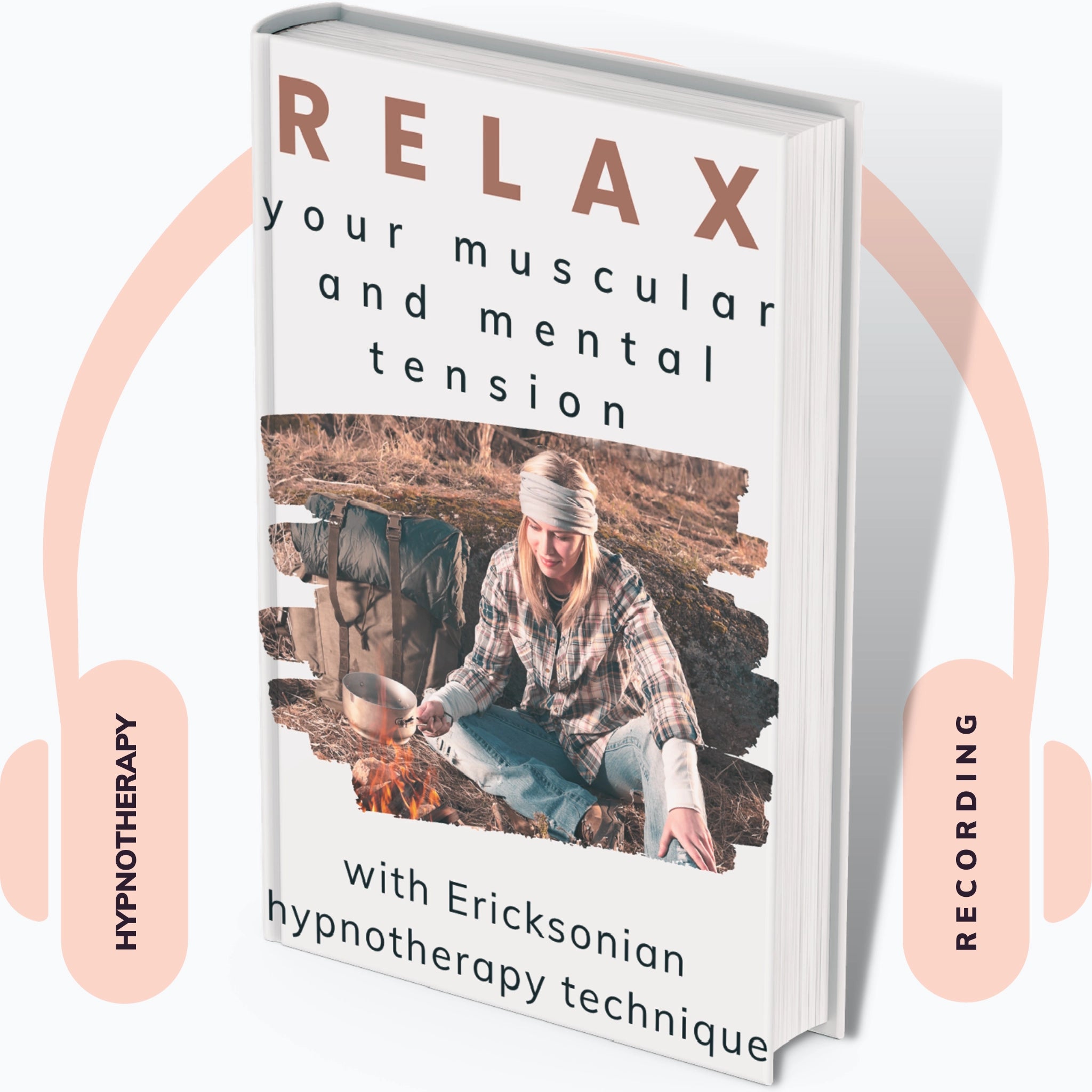
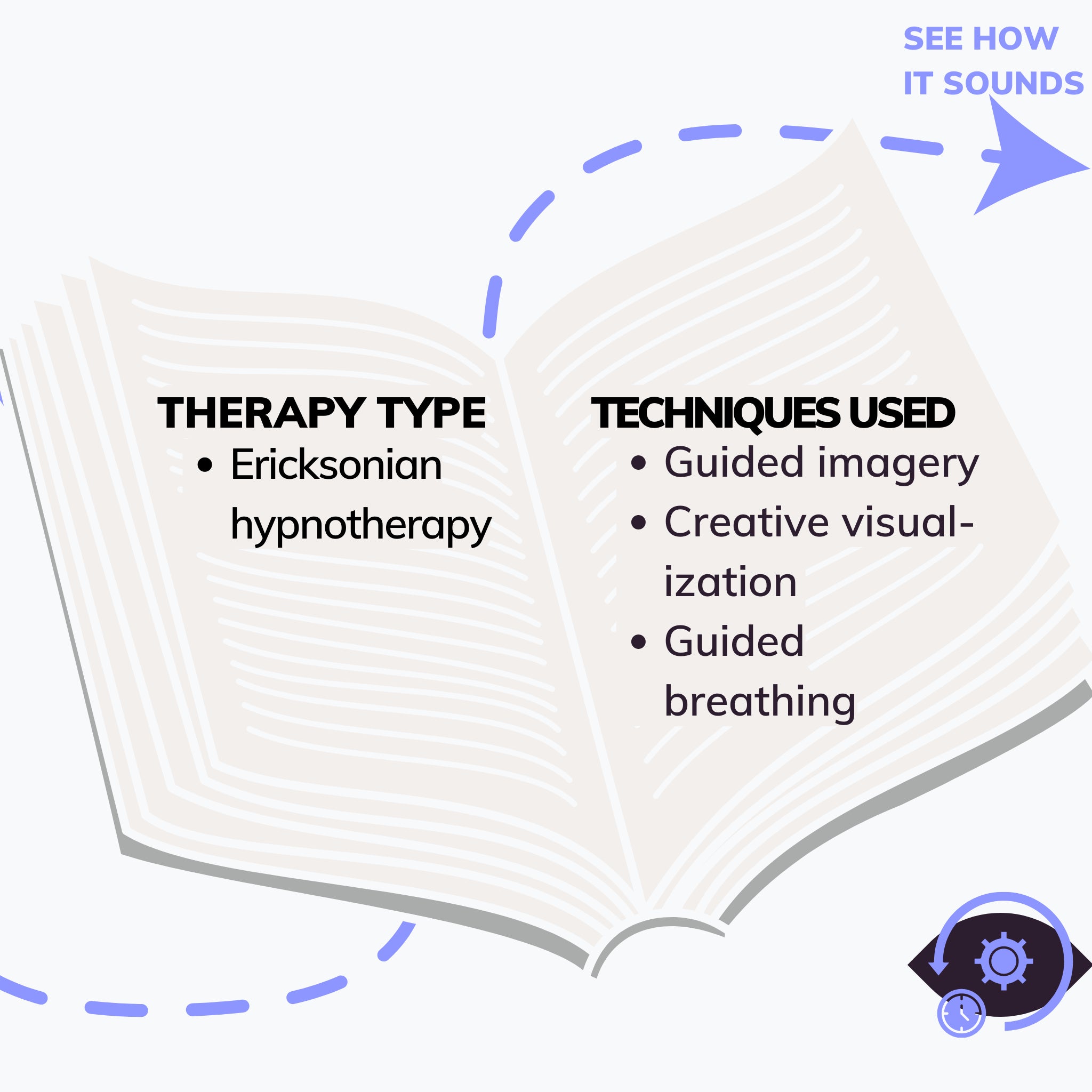
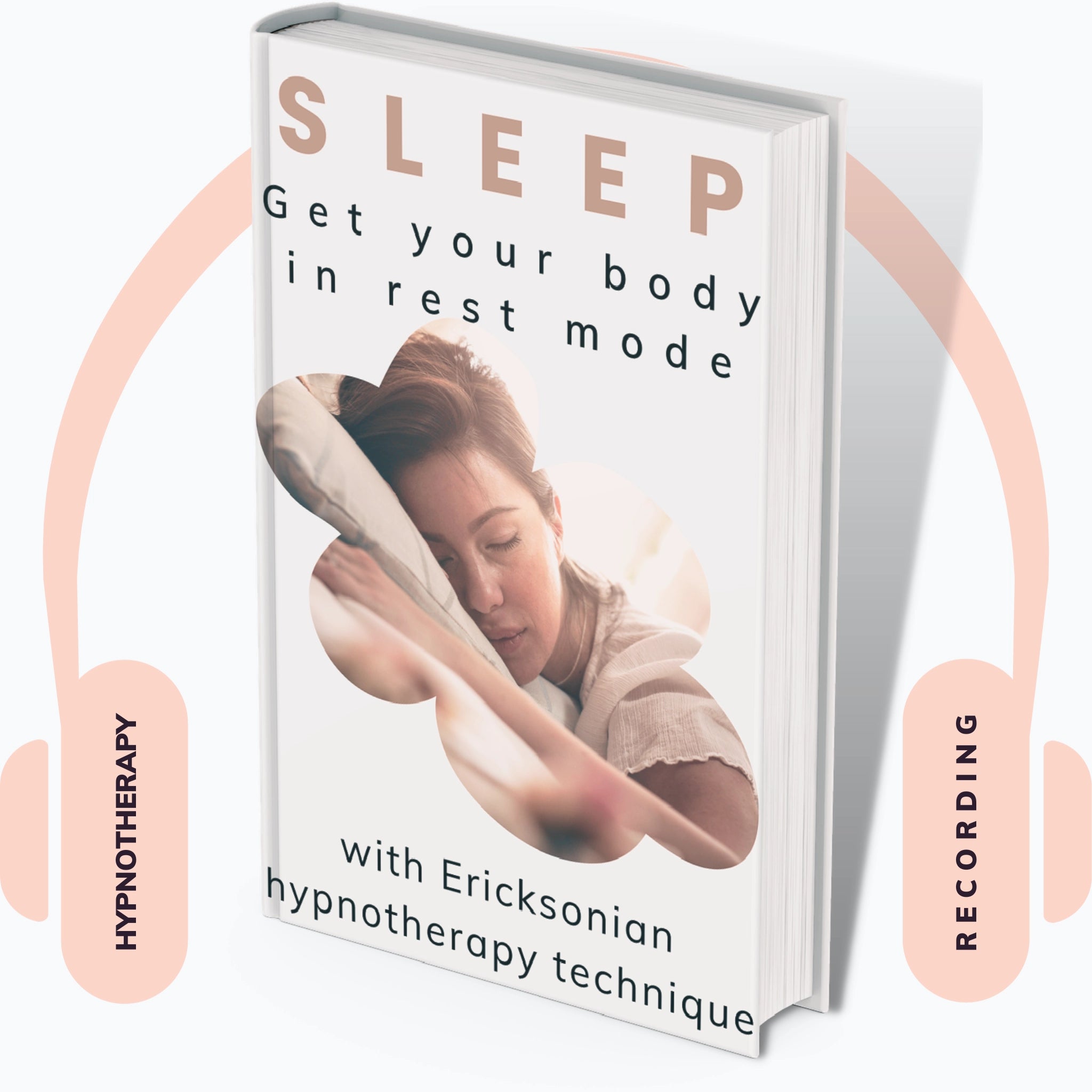
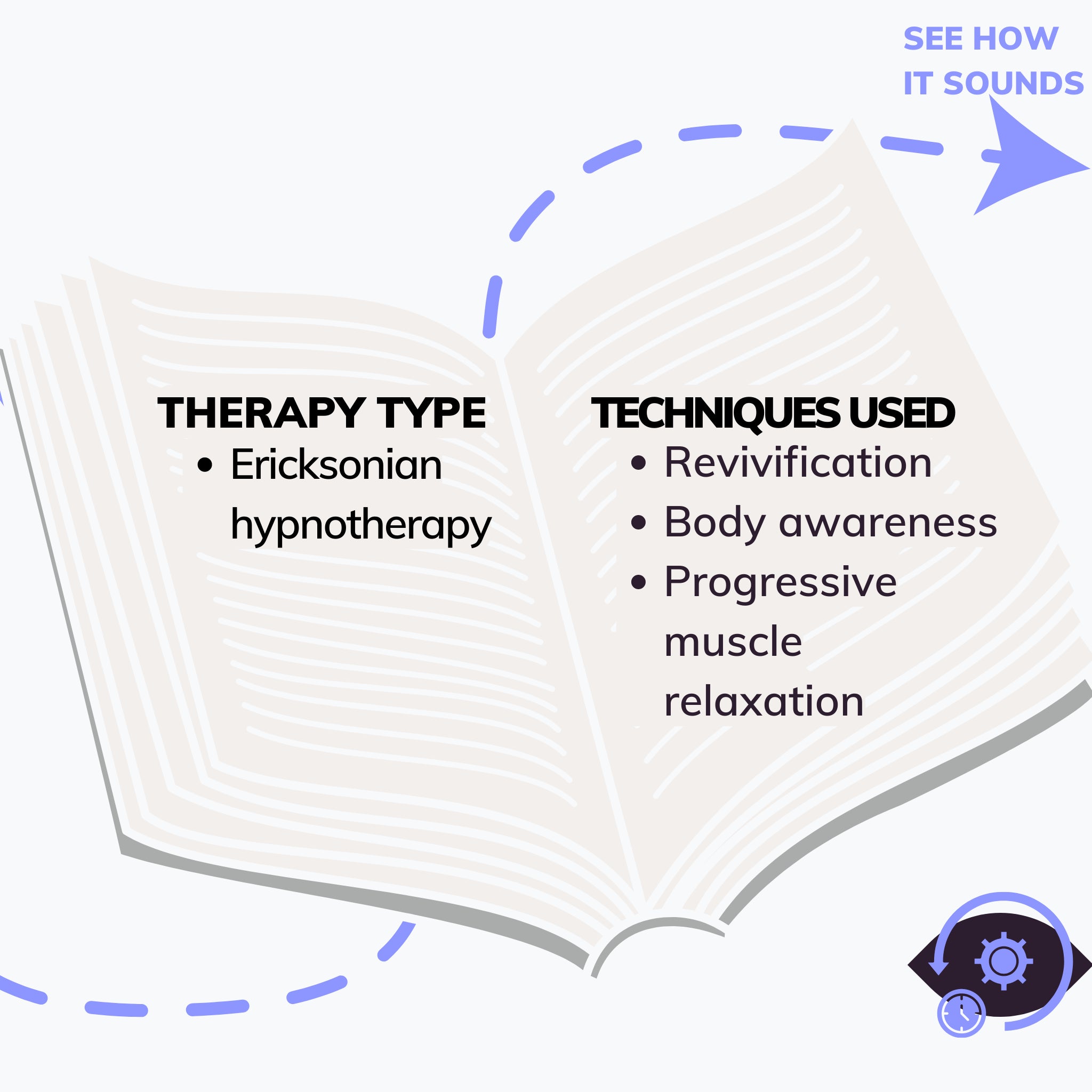
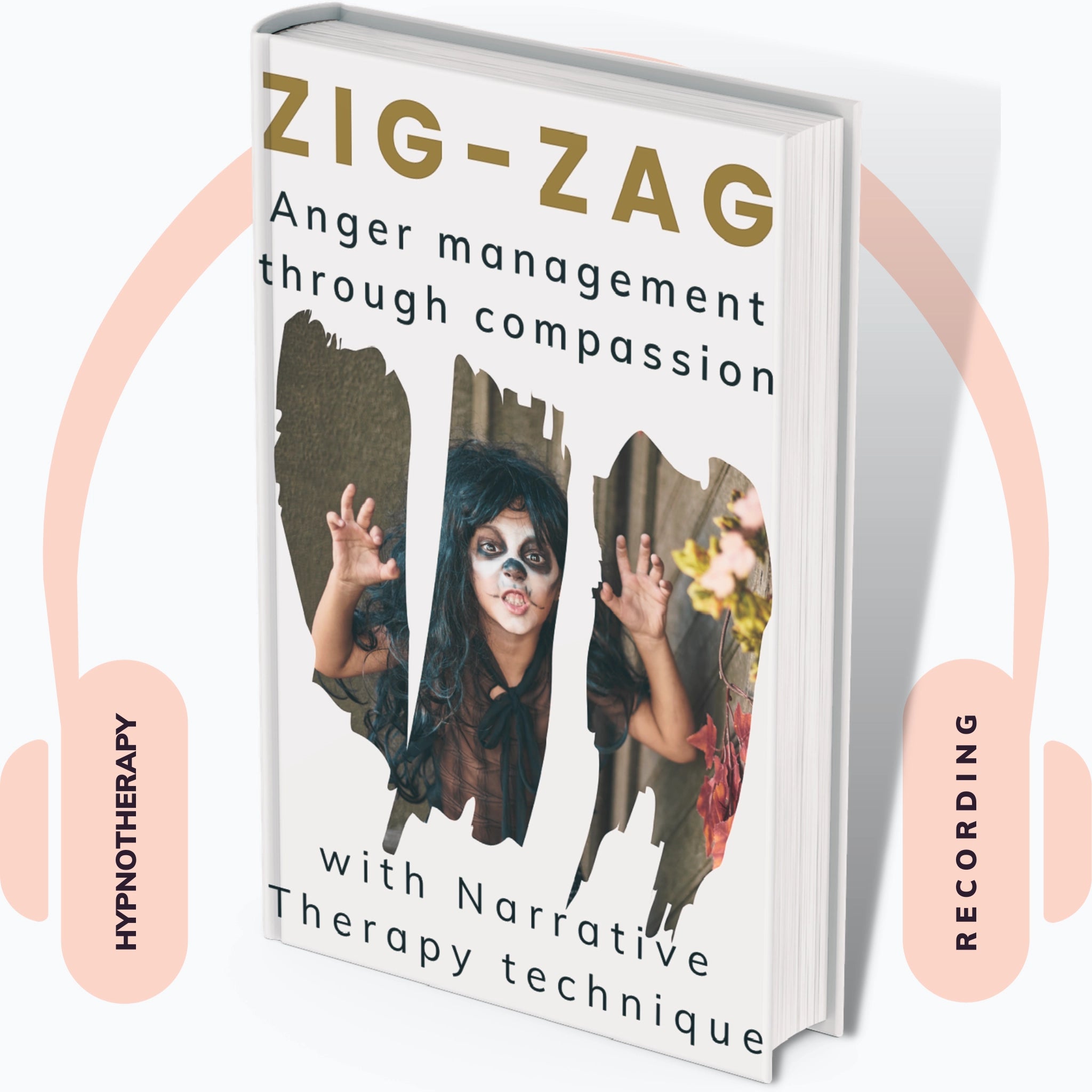
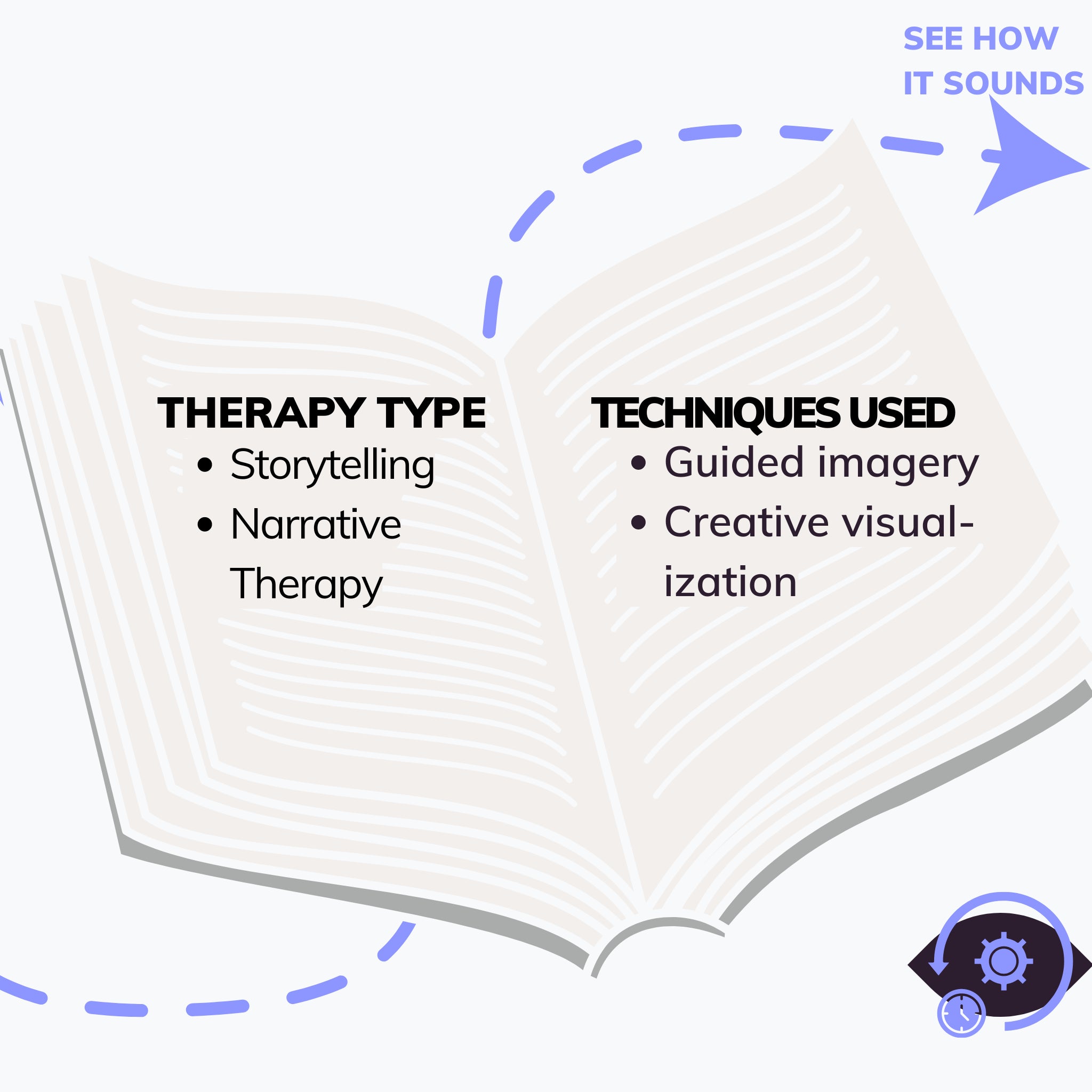
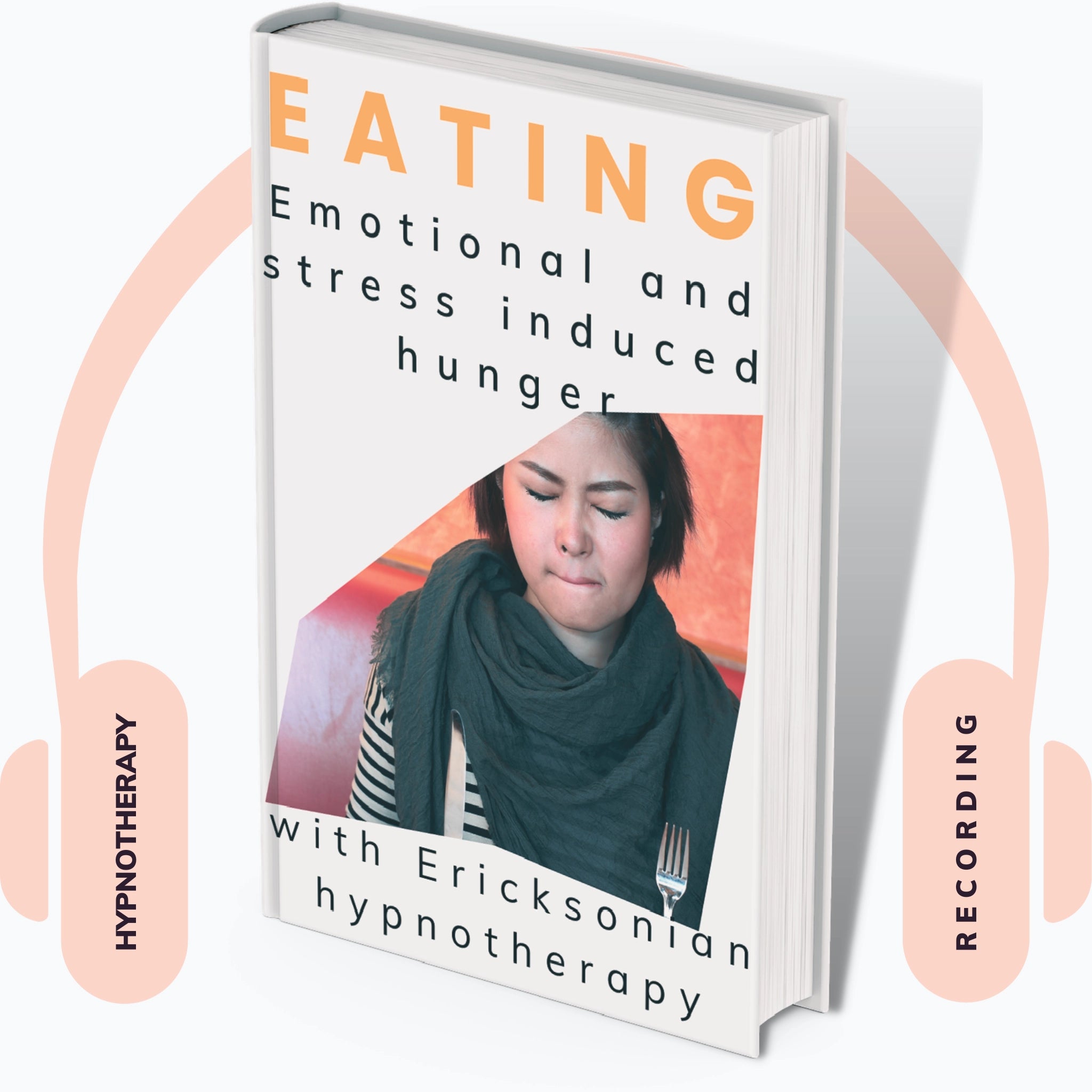
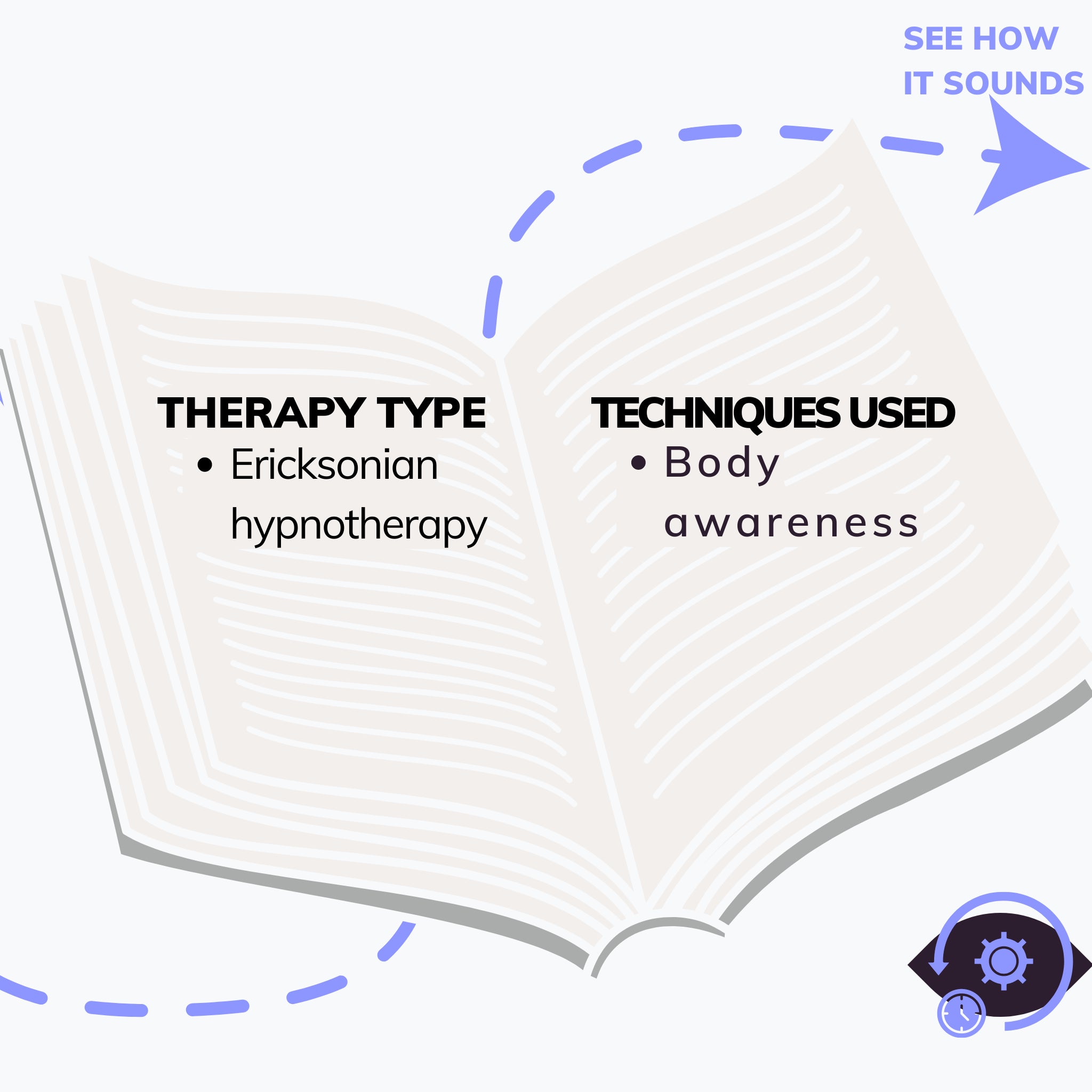
Leave a comment
All comments are moderated before being published.
This site is protected by hCaptcha and the hCaptcha Privacy Policy and Terms of Service apply.